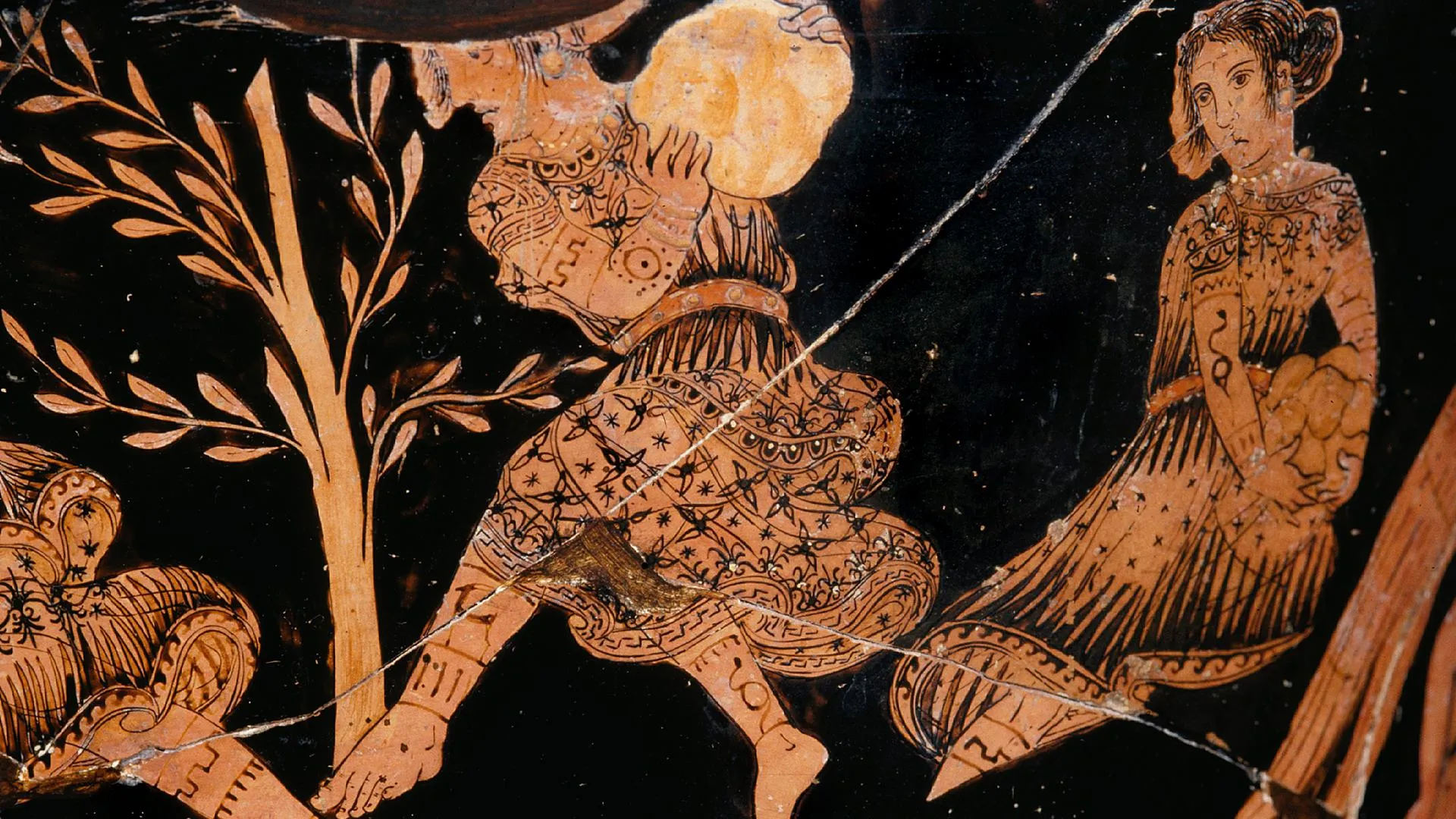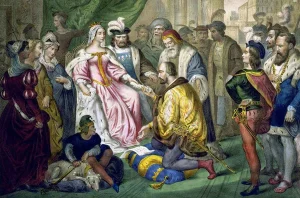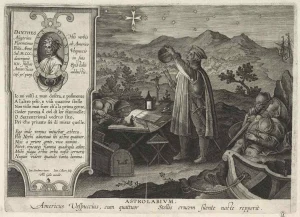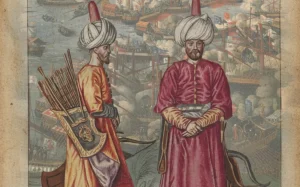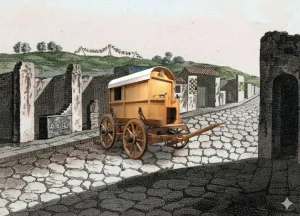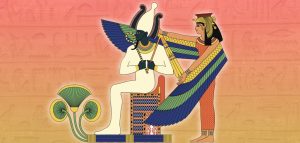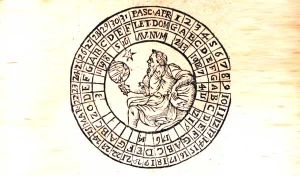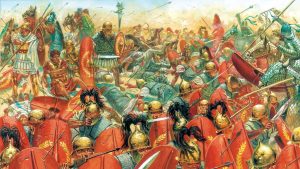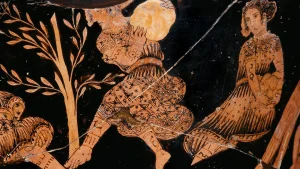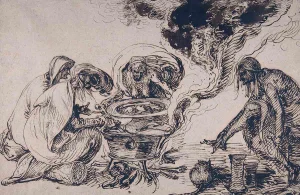Long ago, nestled between the Aegean Sea, the Black Sea, and the Carpathian Mountains, there lay a land called Thrace—a realm of wild horsemen, tribal kings, and age-old legends. It was here that the ancient world believed Ares, god of war, was born. And centuries later, from this same soil would rise Spartacus, the rebel gladiator who shook the Roman Republic to its core.
A Land of Horse Warriors
The Thracians were famed for their skill in mounted warfare. Nimble and fierce, they wielded javelins and small shields, preferring speed over armor. Farming was disdained; raiding and war were seen as the proper pursuits of a man. For centuries, Thracian mercenaries served in the armies of Greeks, Macedonians, and Romans alike—fierce, unpredictable, and indispensable.
Yet the Thracians were not a unified people. Instead, they lived in scattered tribes, each with its own leaders and nobility. They didn’t even call themselves “Thracians”—that was a Greek invention. Their identities lay in their clans and kin.
Culture and Beliefs
Much of what we know about Thracian culture comes from the Greek historian Herodotus. He described a society where men had many wives and where death brought strange honors. When a husband died, his wives competed for the “honor” of being buried with him. One tomb in Vrasta held the skeletons of a man and two women—one pierced by a spear, another by a knife.
The Thracians believed in the immortality of the soul. Their god Zalmoxis—once a mortal king of the Getae tribe—taught that death was merely a transition. To communicate with him, they would, every five years, throw a chosen man onto spears. If he died, it meant Zalmoxis accepted their offering. If not, they tried again.
They also revered only a few gods: Ares, Dionysus, and Artemis. Unlike the Greeks, who viewed Ares with suspicion, the Thracians worshiped him as a god of strength and glory.
The Rise and Fall of Thrace
Thracian history stretches back to 6000 BCE, with early farming communities and later mining settlements. Around 1500 BCE, horse-riding peoples entered the region, giving rise to the warrior culture described by Herodotus.
In the 7th century BCE, Greek colonies dotted the Aegean coast, often in conflict with native tribes. By 512 BCE, the Persians invaded, controlling Thrace for several decades. Then came King Teres of the Odrysian tribe, who unified many tribes into a kingdom allied with Athens. The Odrysian Kingdom grew powerful—so much so that Greek cities stopped paying tribute to Athens and paid Teres instead.
But internal strife and Macedonian ambition brought decline. Philip II of Macedon pushed into Thrace in the 4th century BCE, and his son Alexander the Great claimed the region. After Alexander’s death, his general Lysimachus ruled Thrace, but unrest and Celtic invasions followed.
By 168 BCE, Rome had conquered Greece and Macedonia and turned its gaze east. Thrace became first a protectorate, then a Roman province—its tribal kings reduced to local governors under Roman control.
Ares: Born of Thrace
According to Homer’s Odyssey, when the affair between Ares and Aphrodite was exposed, Ares fled to Thrace—his true home. Roman poet Ovid told another tale: Hera, angry that Zeus birthed Athena alone, sought to bear a child without him. A nymph named Flora touched Hera with a magical flower, and Hera conceived Ares in Thrace.
Where Greeks saw Ares as a savage force, the Thracians saw glory. They honored him in war, song, and sacrifice.
Orpheus and the Songs of Sorrow
Thrace also claims Orpheus, the mythical bard whose music could charm even stones. Grandson of the Thracian King Lycurgus, Orpheus joined Jason on the quest for the Golden Fleece. But his most famous story was of love and loss.
When his wife Eurydice died from a snake bite, Orpheus descended into the underworld, singing so mournfully that Hades and Persephone allowed her to return—on one condition: he must not look back. But he did. She vanished forever.
Orpheus never loved again. Thracian women, scorned by his fidelity to a ghost, tore him apart. At last, reunited with Eurydice in death, his spirit found peace.
Spartacus: The Rebel of Rome
From Thrace also came Spartacus—a man whose name still echoes today. Once a soldier in the Roman auxiliary, he was enslaved and trained as a gladiator in Capua. In 73 BCE, he and about 78 fellow gladiators escaped using kitchen utensils and began a revolt.
With leaders like Crixus and Oenomaus, they defeated multiple Roman forces. Spartacus, though lacking formal military education, proved a brilliant tactician. His following swelled to over 70,000 people.
Historians debate his intentions. Modern portrayals suggest he wanted to end slavery, but ancient sources give no such clue. Likely, he sought only to return home to Thrace. Crixus, however, wanted to stay and plunder. Their split weakened the revolt.
Eventually, Roman generals Crassus and Pompey crushed the uprising. Spartacus is said to have died in battle, though his body was never found. Rome crucified over 6,000 of his followers along the Appian Way as a warning to others.
Today, Thrace is often overlooked—a footnote between the grandeur of Greece and Rome. But this rugged land birthed gods and legends, warriors and rebels. Its people rode with fire in their hearts and battle in their blood.
From Ares to Spartacus, Thrace’s spirit endures: wild, untamed, and unforgettable.

